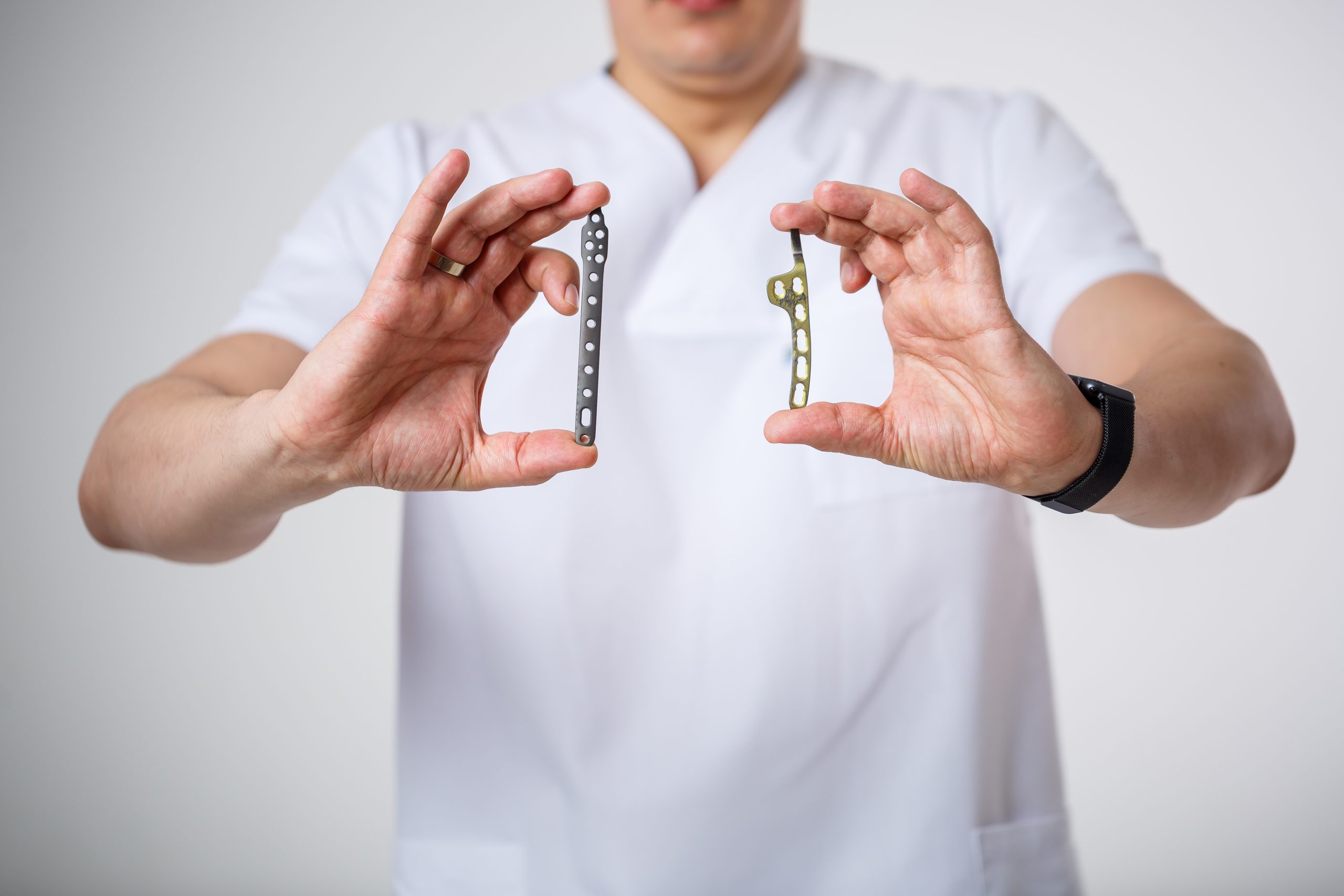
Patient recovery times for orthopaedic plate removal
As medical practitioners, we must do what’s best for the patient with all the skills, experience, and technology at our disposal. Where most modern internal fixation systems will not cause any discomfort for years, it is never guaranteed. Therefore, situations may arise that warrant the removal of an orthopaedic plate from the body. In order to recommend this course of action, it is necessary to make patients aware of the potential consequences. This includes the reasoning, process, and recovery time. The latter of which we shall be focusing on here.
When is orthopaedic plate removal necessary?
The removal of an orthopaedic plate for internal fixation is often only required when the plate itself is causing significant issues in the patient. This can be due to pain, discomfort, infection, allergic reaction, non-union, or other complication arising due to the individual’s biology. In these cases, the plate has served its function of stabilising the affected area bone. However, it still remains in the body.
Although the surgical procedure needed to remove the plate causes little discomfort to the patient, it is often highly skill-intensive for the surgeon. A small incision is made in the skin above the fixation site, which allows access to the hardware. Once the screws and plates have been removed from the body, any soft tissue can be repositioned and the incision can be closed. Some of the potential risks associated with plate removal surgery include:
- Refracture.
- Possibility for only partial removal.
- Nerve damage.
- Bleeding and blood clots.
Patient recovery times following orthopaedic plate removal
When considering patient recovery time from surgeries involving bone structures, practitioners must focus on bone strength. In cases of orthopaedic plate removal, it has been shown that it often takes around 6 months for patient bone strength to recover fully. In the weeks immediately following the procedure, patients will likely feel week and only notice recovery to start properly after 2-3 months. This may vary depending on what the plate was used to treat when it was initially implanted. For instance, fragment plating for a distal radius fracture or wrist plating for fractures caused by a direct impact. Here, patient recovery times can be shortened by plating systems that fit flush to patient anatomy as they reduce risks in the removal process.
Factors that can impact patient recovery times
As is the case with any invasive procedure, there can a range of patient-specific factors that can lead to longer recovery times. This includes:
- Age.
- Genetics.
- Long term conditions.
- Past surgeries and injuries.
Patient advice following surgery
Patients may understandably have a number of questions regarding what they should and shouldn’t do in the weeks following the plate removal procedure. This can cover a range of areas, such as:
- Washing – keep dressings clean and dry at all times. Bathing the wound may be permitted 2-3 weeks after the surgery, with a follow-up consultation typically taking place during this time.
- Changing dressings – using clean hands, remove the tensor bandage if one is present and then throw away the used white gauze bandages. Cover the wound with new dressing, taking care to make sure the pressure is moderate.
- Wound care – it’s normal for some fluid to ooze from the area in the first 24-48 hours after surgery. This can be cause to replace the dressing, which can be bought from most pharmacies. In between replacing the dressing, it is recommended that the area is cleaned lightly.
- Activities – recommendations will depend on the location where the surgery has been performed. For instance, lower extremity plate removal will typically need greater care. In either case, physical therapy is not usually needed.
Patients should be advised to call a healthcare professional if they experience persistent pain, swelling, fever, nausea, bleeding, or shortness of breath post-operation.
Source industry leading orthopaedic implants
The team at LEDA Orthopaedics specialise in distributing leading products for use in osteotomy surgeries and internal fixation procedures. You can regularly find us attending medical events across the UK to help share surgical knowledge and advance the field. This includes techniques and devices for the extremities, as well as niche applications. Contact us for more information about our suppliers.